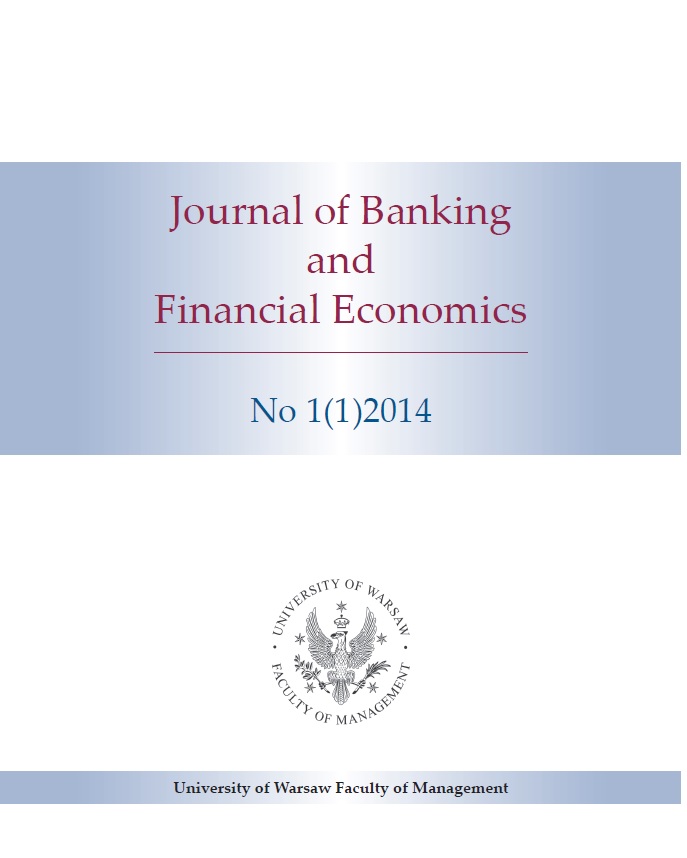Macroprudential Banking Regulation: Does One Size Fit All
Macroprudential Banking Regulation: Does One Size Fit All
Author(s): Doris Neuberger, Roger RissiSubject(s): Social Sciences, Financial Markets
Published by: Wydawnictwo Naukowe Wydziału Zarządzania Uniwersytetu Warszawskiego
Keywords: financial stability; systemic risk; financial system; banking regulation; agsent-based model
Summary/Abstract: The macroprudential regulatory framework of Basel III imposes the same minimum capital and liquidity requirements on all banks around the world to ensure global competitiveness of banks. Using an agent-based model of the financial system, we find that this is not a robust framework to achieve (inter)national financial stability, because efficient regulation has to embrace the economic structure and behaviour of financial market participants, which differ from country to country. Market-based financial systems do not profit from capital and liquidity regulations, but from a ban on proprietary trading (Volcker rule). In homogeneous or bank-based financial systems, the most effective regulatory policy to ensure financial stability depends on the stability measure used. Irrespective of financial system architecture, direct restrictions of banks’ investment portfolios are more effective than indirect restrictions through capital, leverage and liquidity regulations. Applying the model to the Swiss financial system, we find that increasing regulatory complexity excessively has destabilizing effects. These results highlight for the first time a necessary change in the regulatory paradigm to ensure the effectiveness and efficiency of financial regulations with regards to fostering the resilience of the financial system.
Journal: Journal of Banking and Financial Economics
- Issue Year: 1/2014
- Issue No: 1
- Page Range: 4-27
- Page Count: 24
- Language: English

